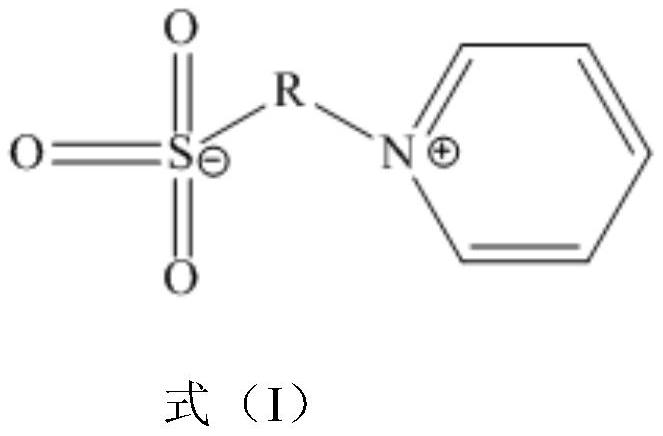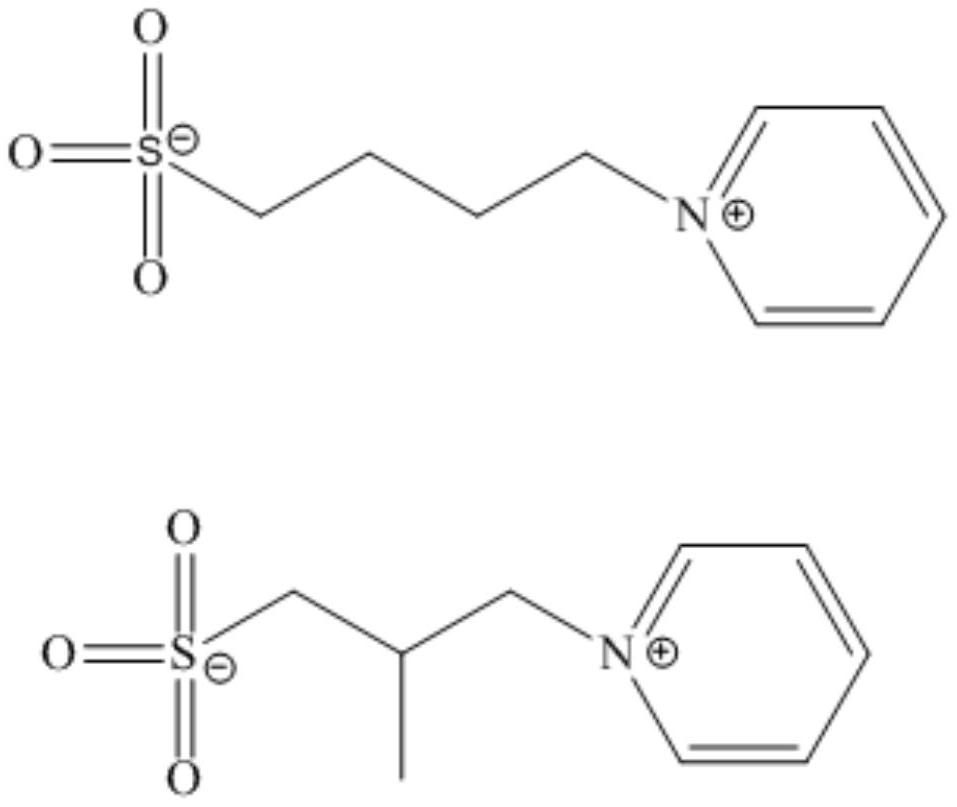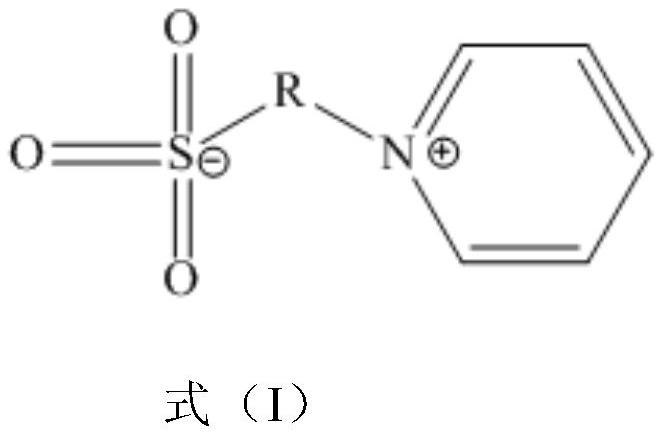High-nickel ternary lithium ion battery electrolyte and lithium ion battery
A lithium-ion battery and electrolyte technology, applied in the field of lithium-ion batteries, can solve the problems of poor battery electrochemical performance, low solubility, and inability to dissolve completely, and achieve the advantages of improving electrochemical performance, inhibiting corrosion damage, and improving electrochemical performance. Effect
- Summary
- Abstract
- Description
- Claims
- Application Information
AI Technical Summary
Problems solved by technology
Method used
Image
Examples
Embodiment 1
[0034] Electrolyte preparation: In a glove box filled with argon, ethylene carbonate (EC), propylene carbonate (PC), diethyl carbonate (DEC) and ethyl methyl carbonate (EMC) were prepared as EC in mass ratio: PC:DEC:EMC=25:5:10:60 mixed to obtain a mixed solution, and then slowly added 12.5wt% lithium hexafluorophosphate (LiPF 6 ), based on 1.0wt% lithium difluorophosphate (LiPO 2 f 2 ) and lithium bisfluorosulfonimide (LiFSI) based on 2.5wt% of the total mass of the electrolyte, and finally add sulfonic acid pyridinium salt additive compound (2) accounting for 0.3wt% of the total mass of the electrolyte, and stir evenly to obtain the embodiment 1 Lithium-ion battery electrolyte.
Embodiment 2-6
[0035] Embodiment 2-6 and comparative example 1-6
[0036]In Examples 2-6 and Comparative Examples 1-6, except that the composition ratio of the components of the electrolyte solution is added as shown in Table 1, the others are the same as in Example 1.
[0037] Table 1 embodiment 1-6 and the composition ratio of each component of the electrolyte of comparative example 1-6
[0038]
[0039]
[0040]
[0041] Note: The concentration of each component in the lithium salt is the mass percentage in the electrolyte;
[0042] The content of sulfonic acid pyridinium salt additive is the mass percentage composition in electrolyte;
[0043] The content of each component in the conventional additive is the mass percentage in the electrolyte;
[0044] The ratio of each component in the non-aqueous organic solvent is the mass ratio.
PUM
| Property | Measurement | Unit |
|---|---|---|
| density | aaaaa | aaaaa |
Abstract
Description
Claims
Application Information
 Login to View More
Login to View More - R&D
- Intellectual Property
- Life Sciences
- Materials
- Tech Scout
- Unparalleled Data Quality
- Higher Quality Content
- 60% Fewer Hallucinations
Browse by: Latest US Patents, China's latest patents, Technical Efficacy Thesaurus, Application Domain, Technology Topic, Popular Technical Reports.
© 2025 PatSnap. All rights reserved.Legal|Privacy policy|Modern Slavery Act Transparency Statement|Sitemap|About US| Contact US: help@patsnap.com



